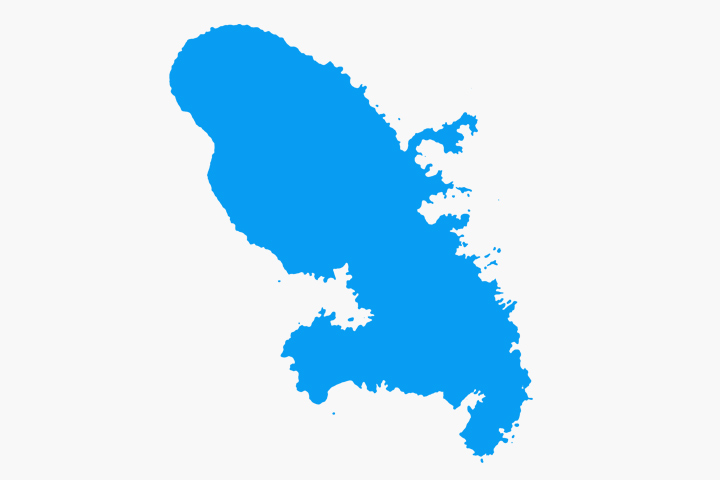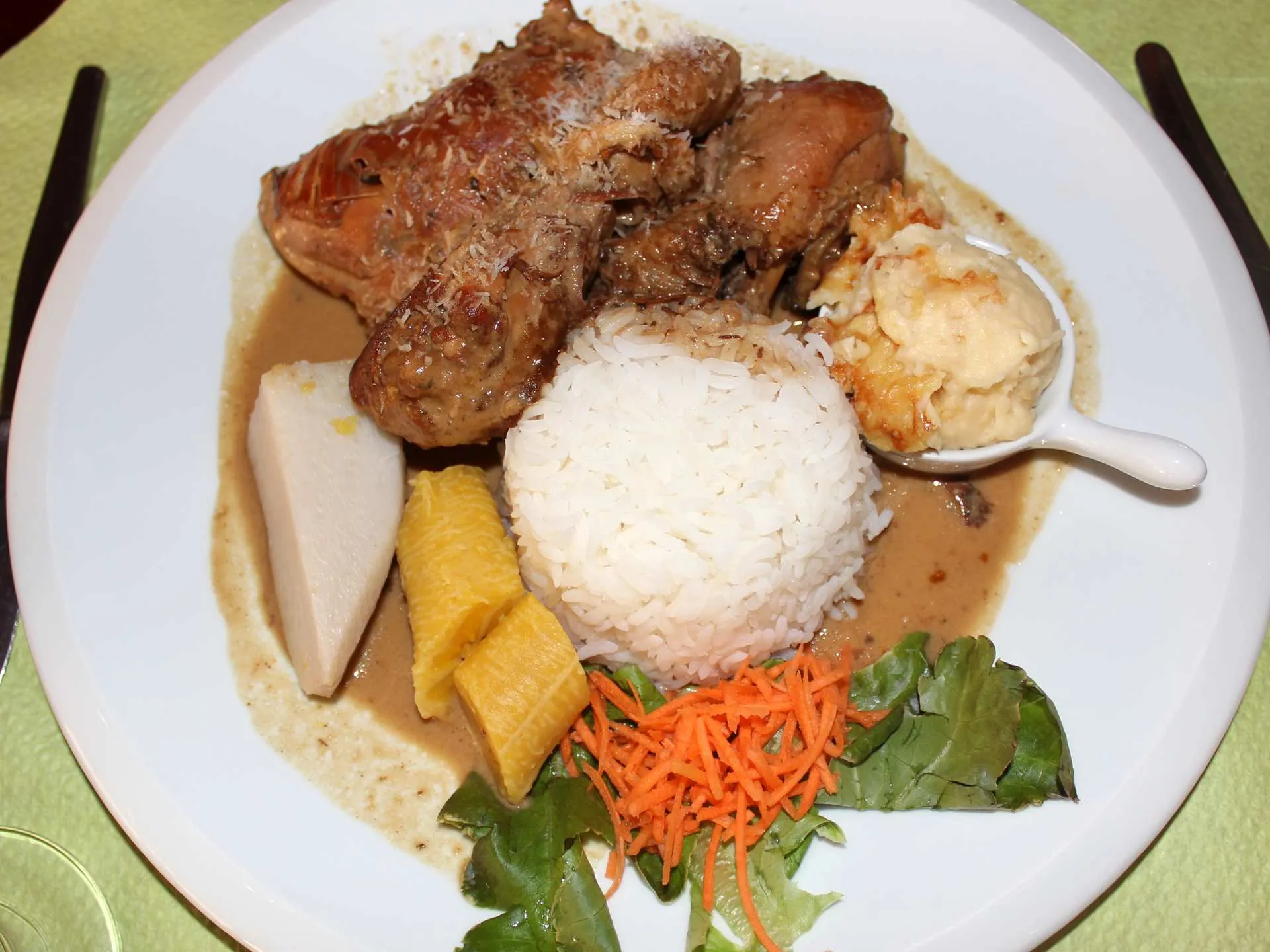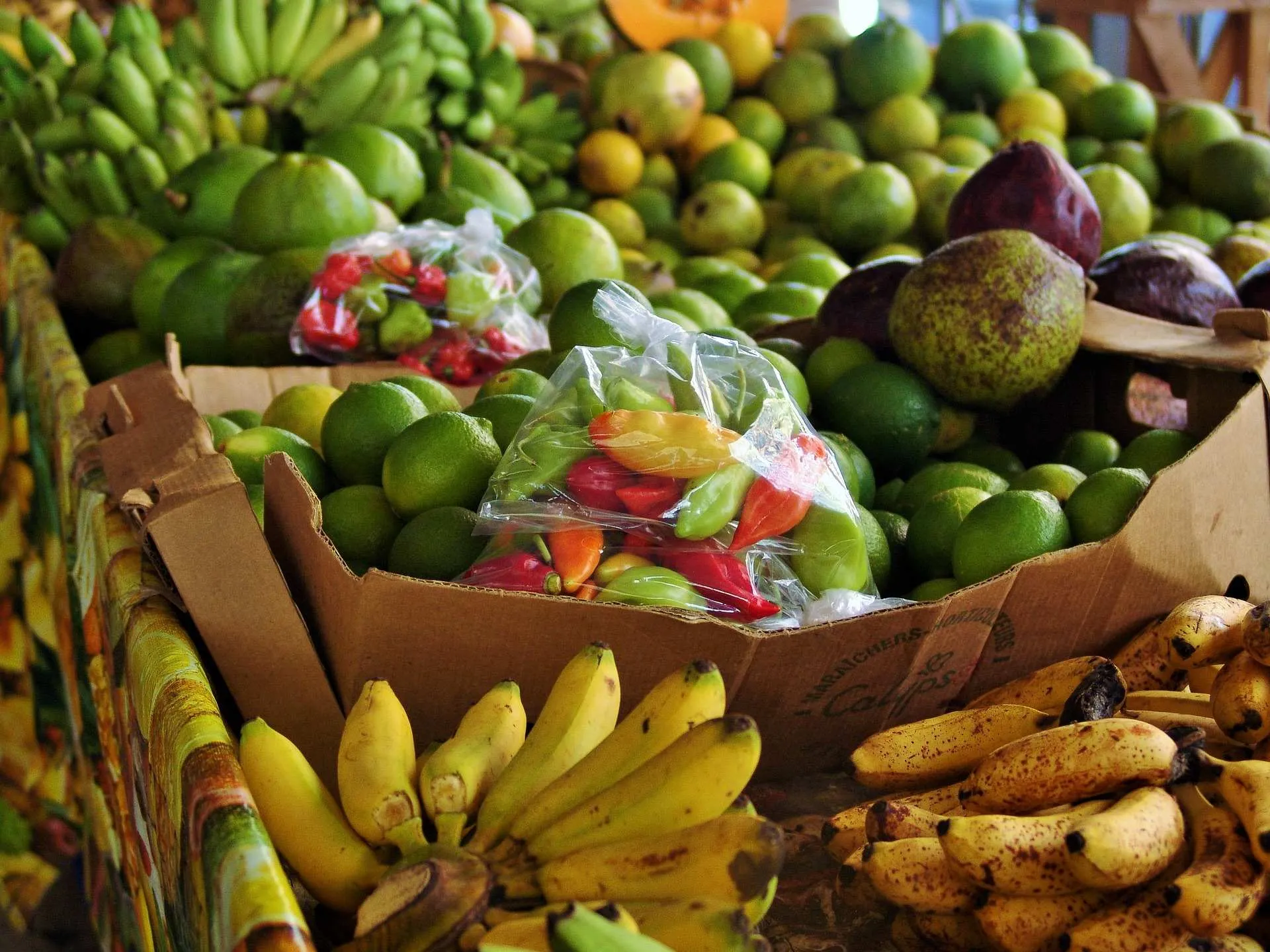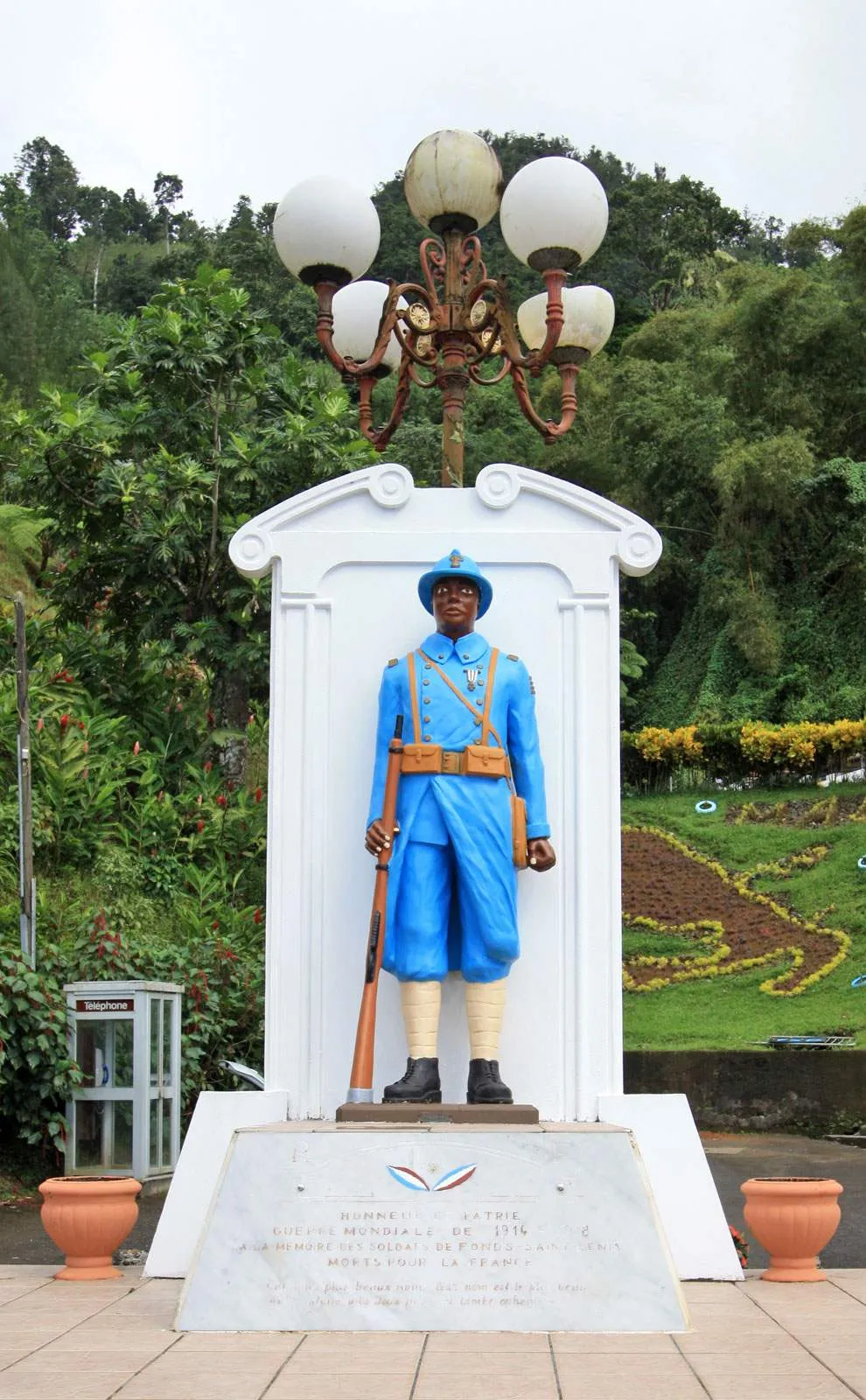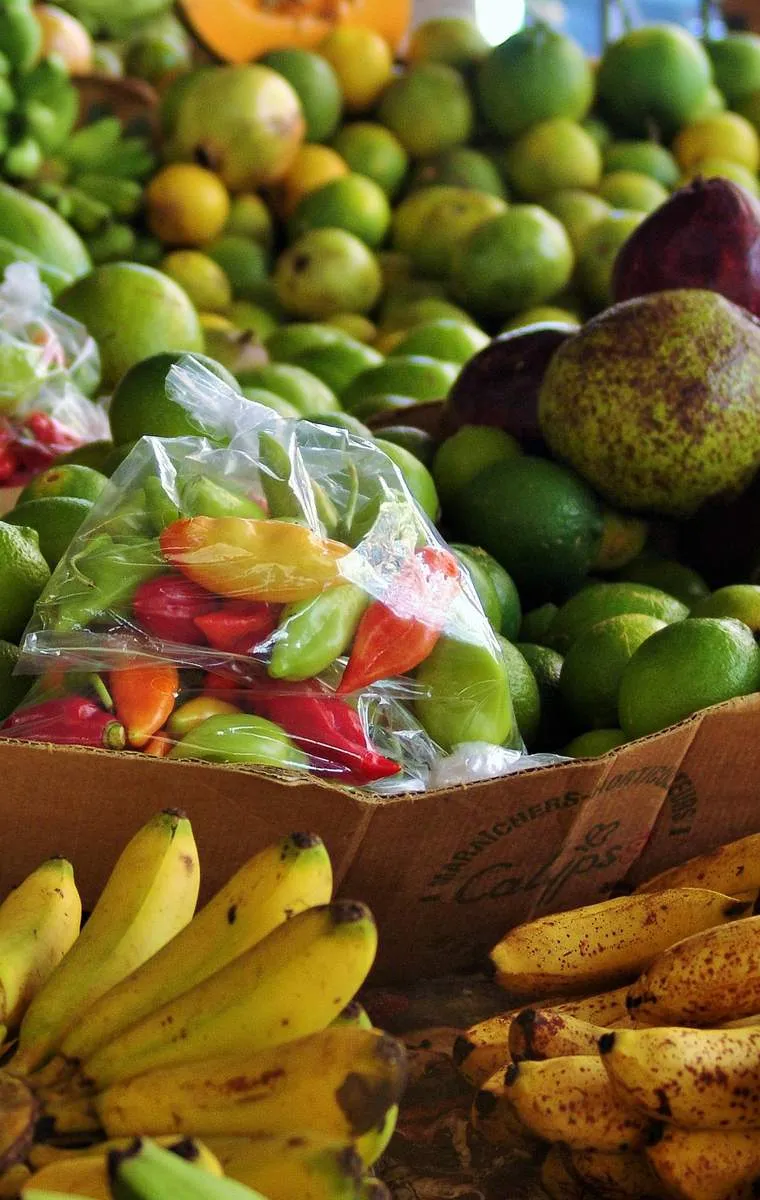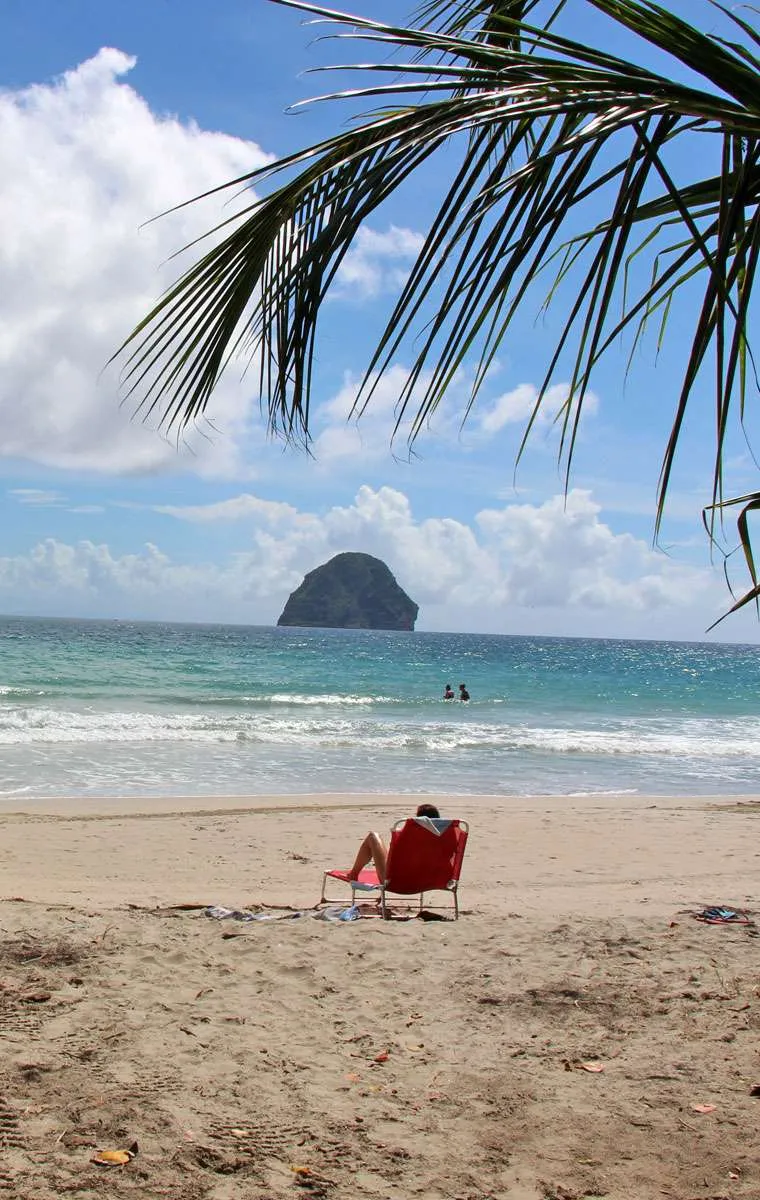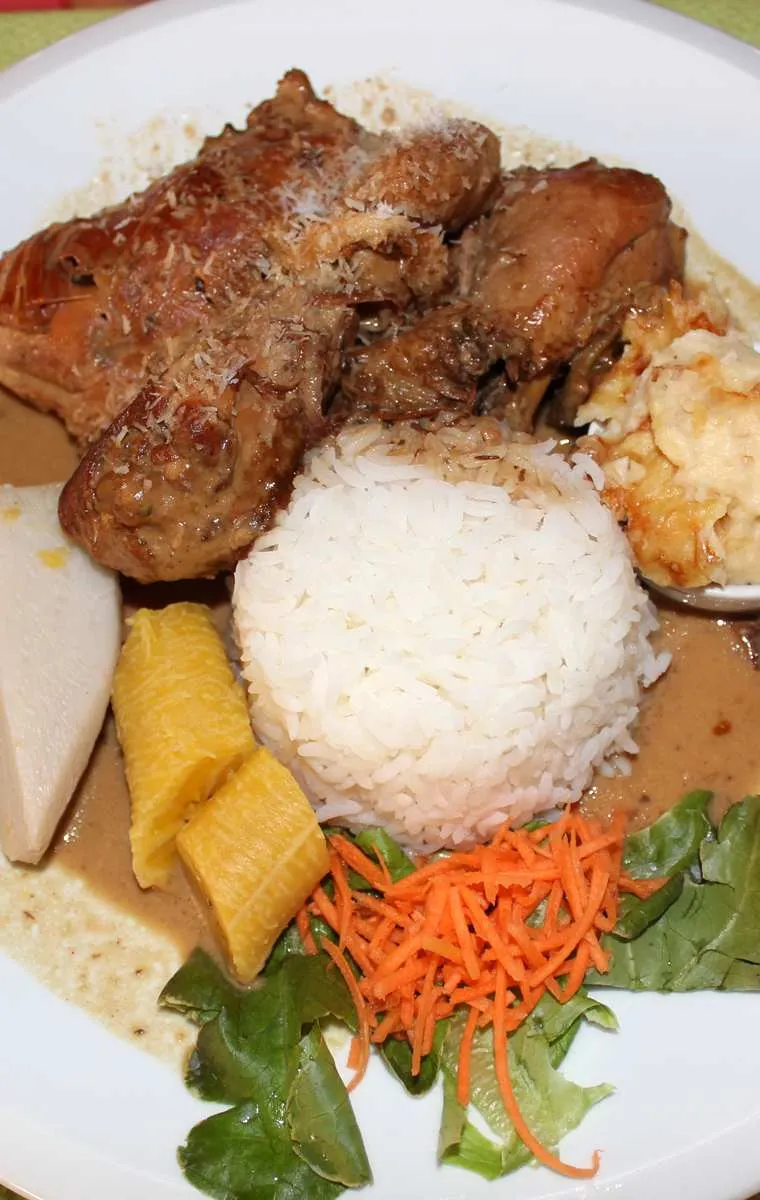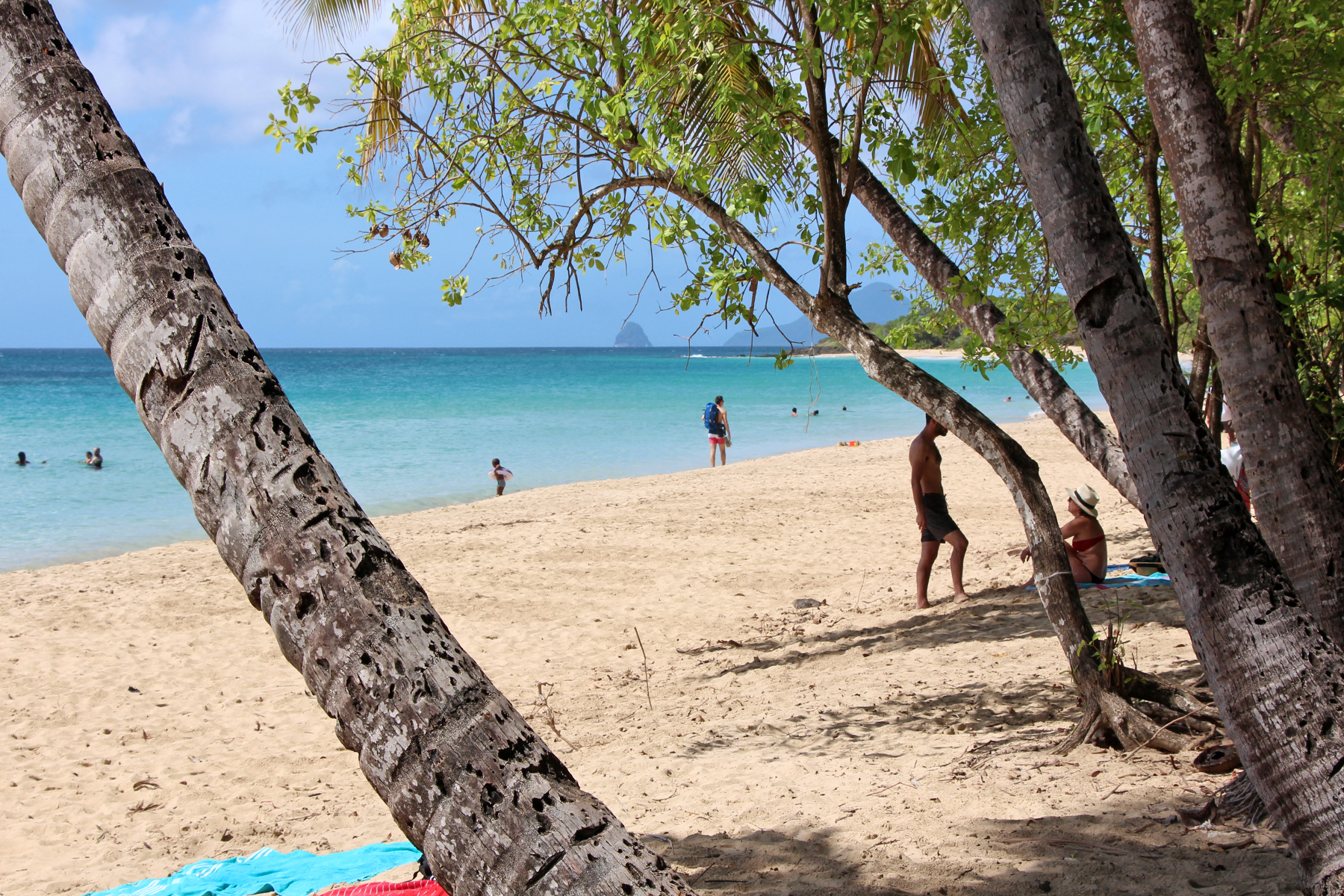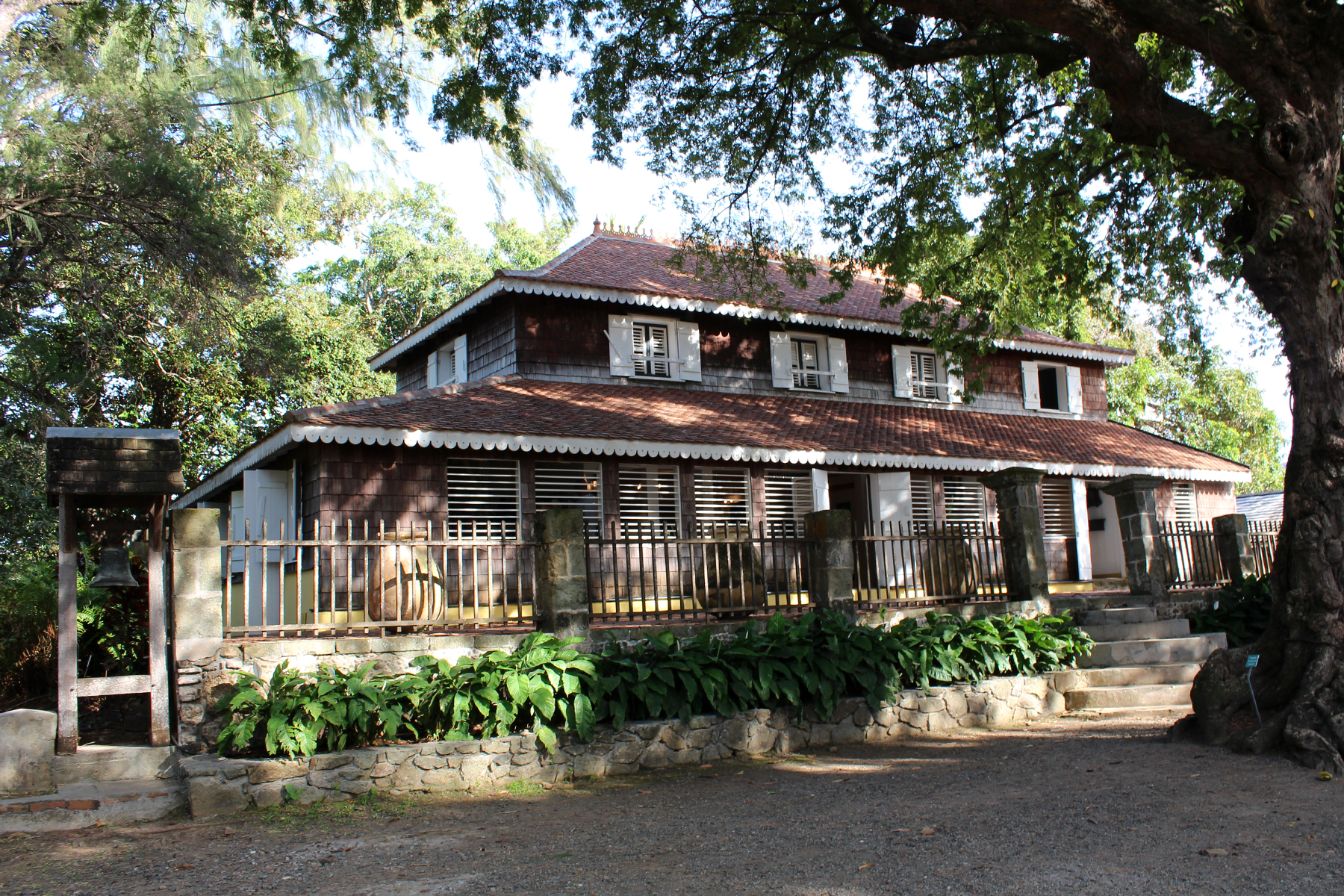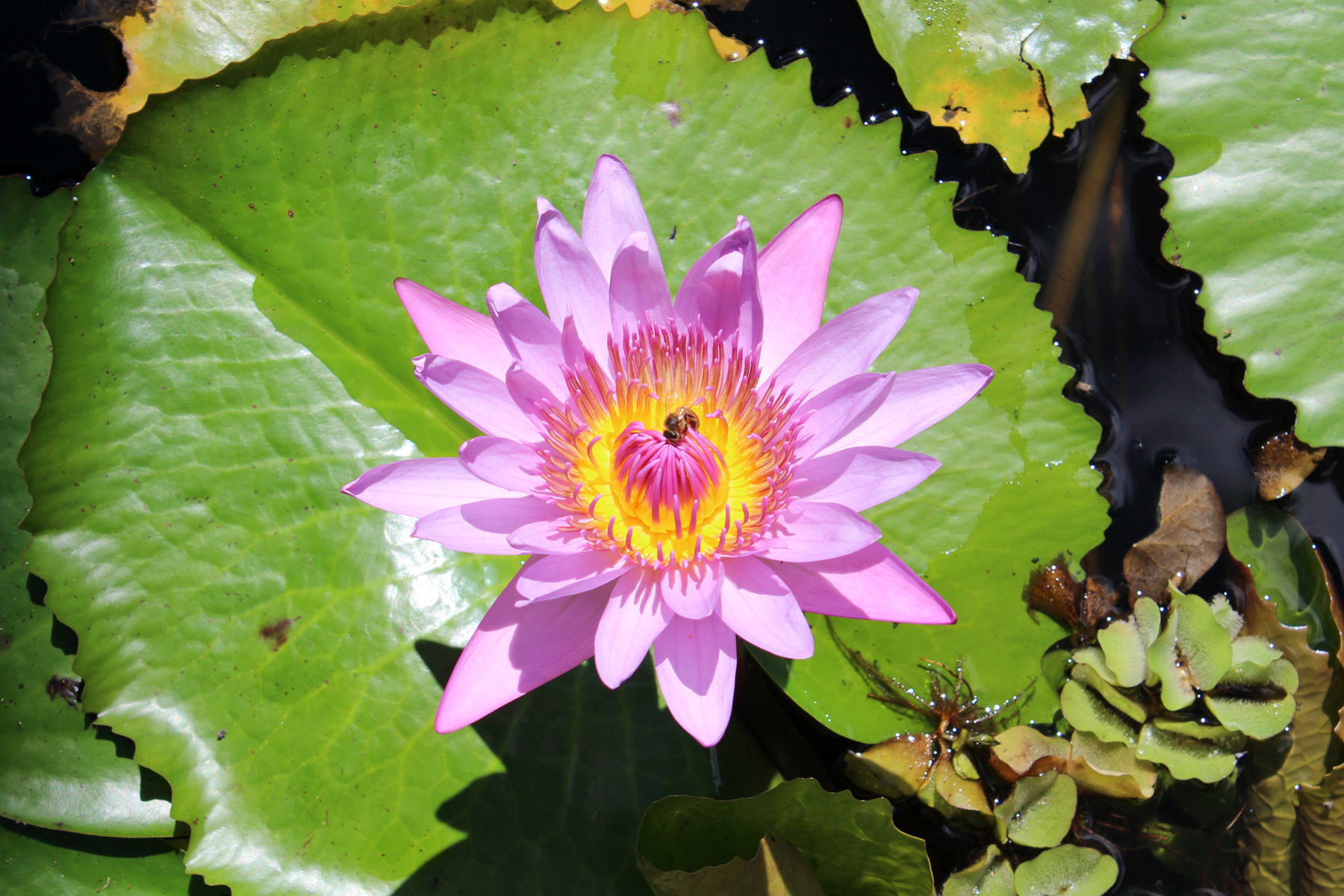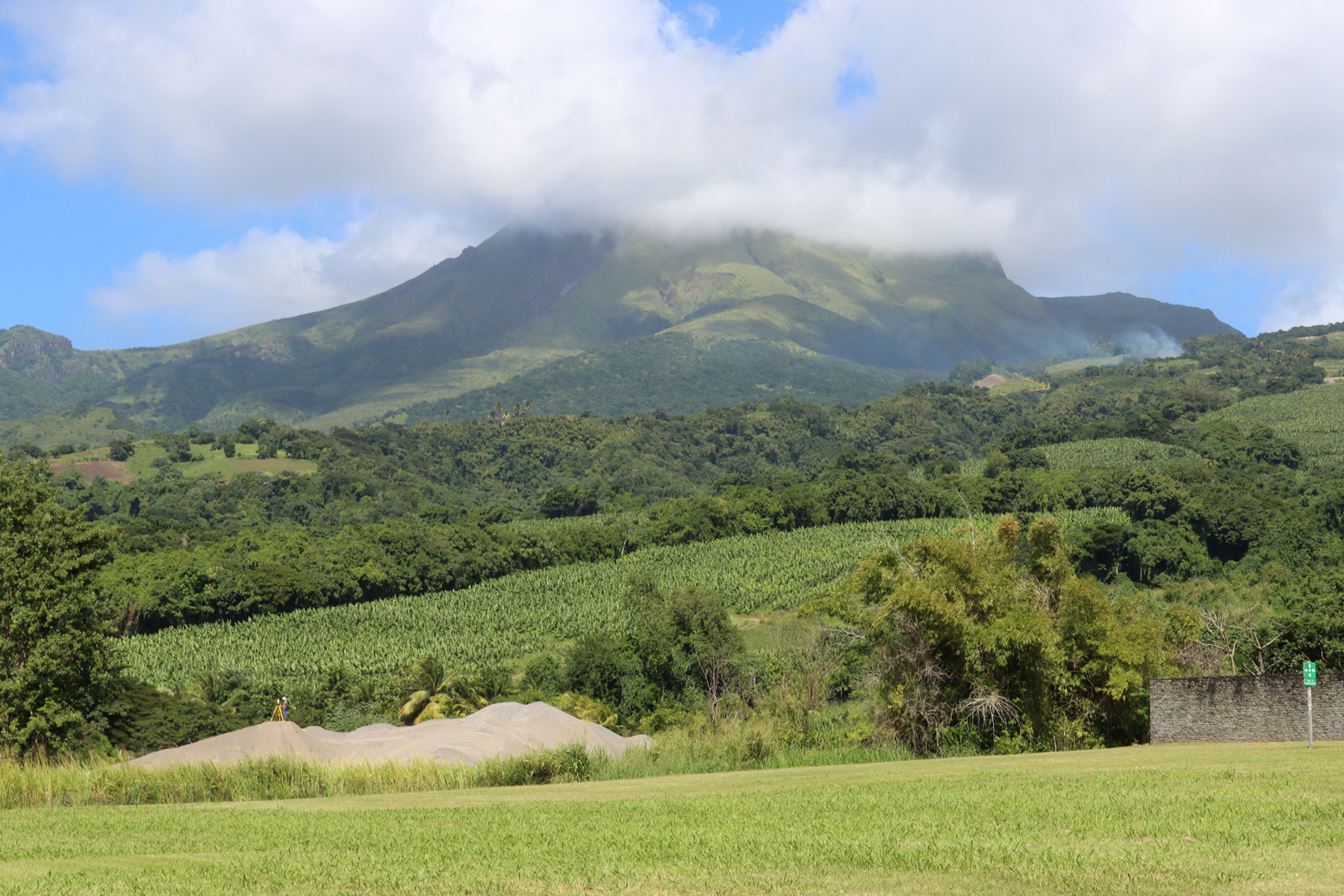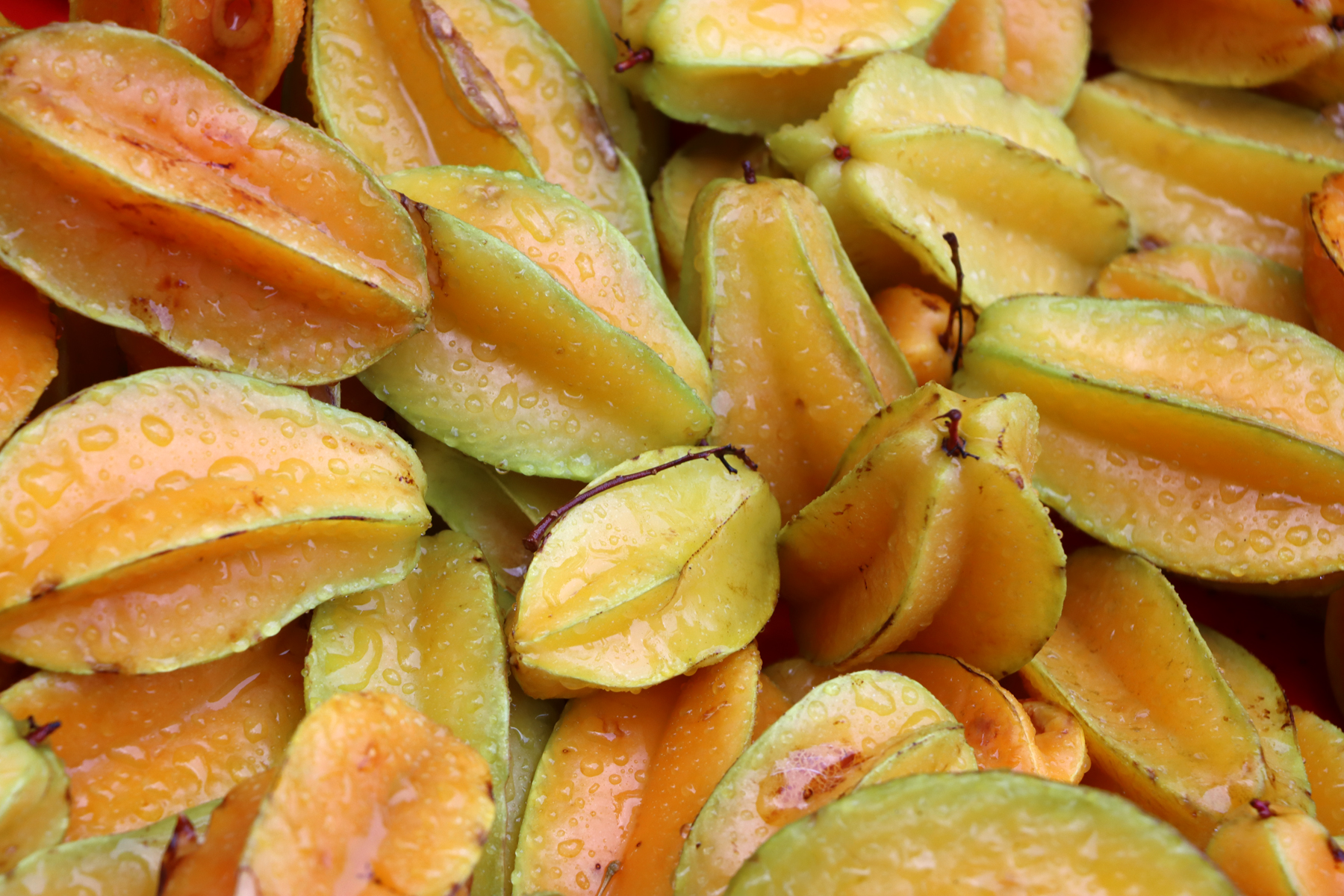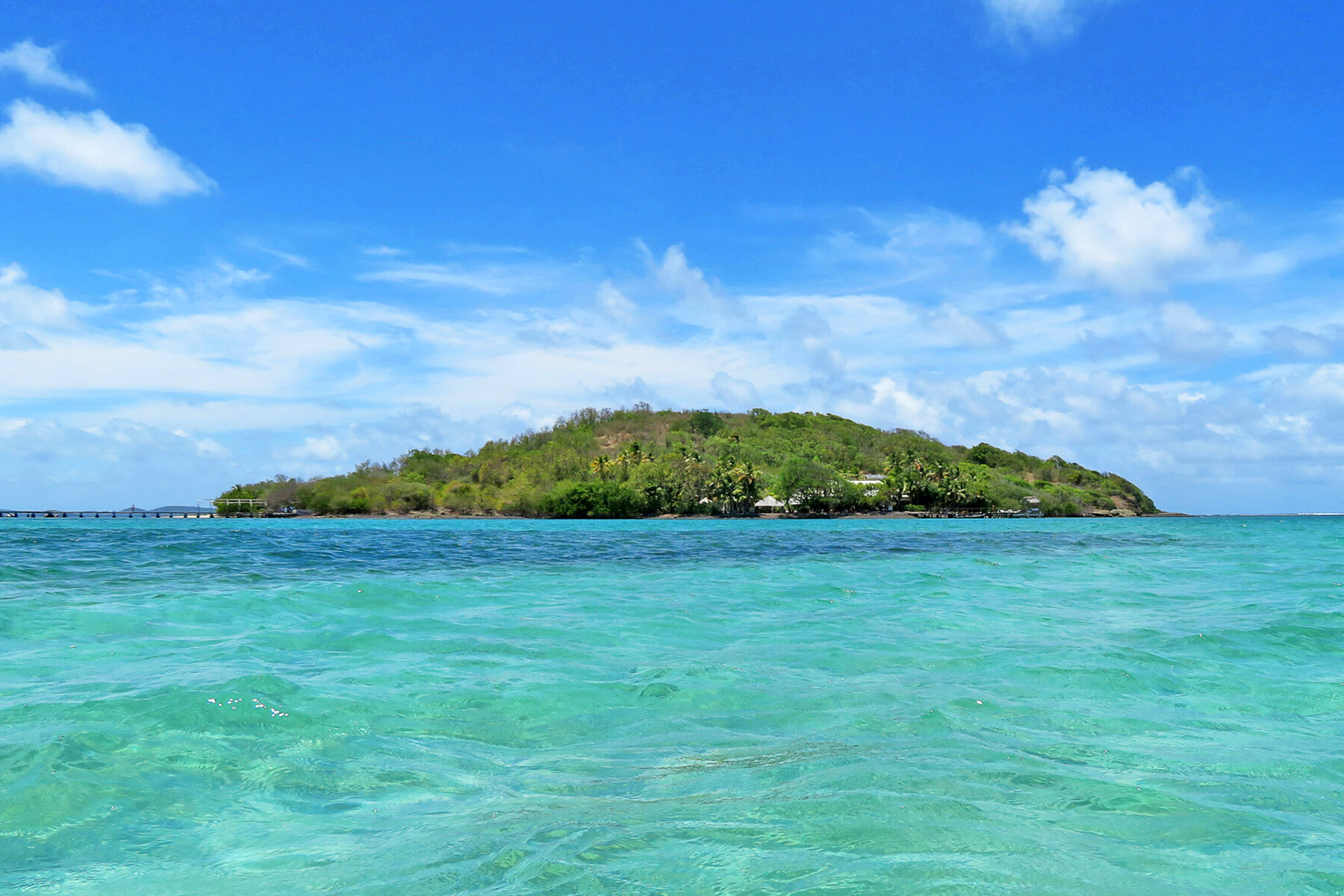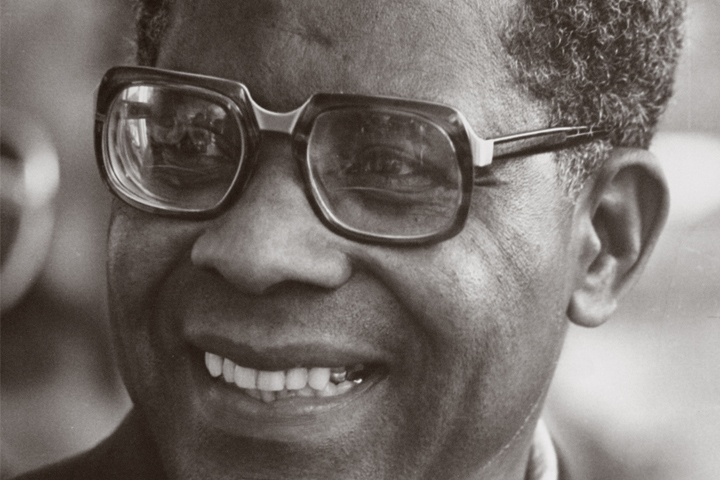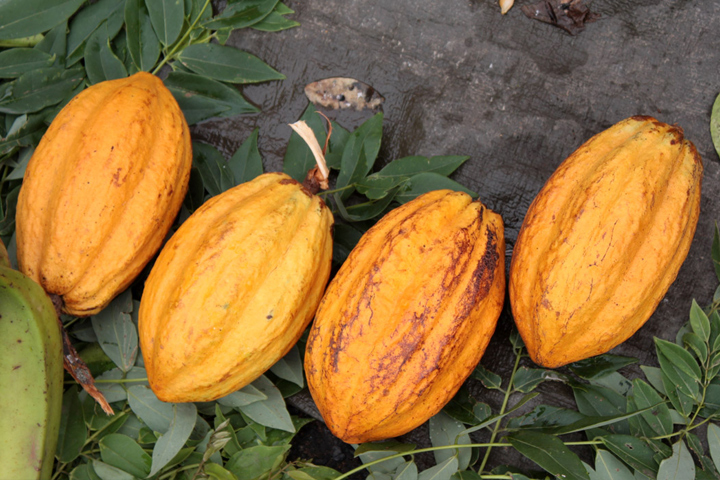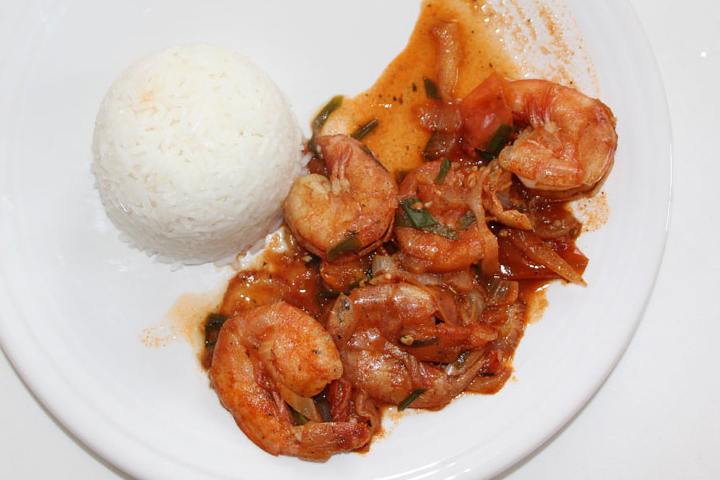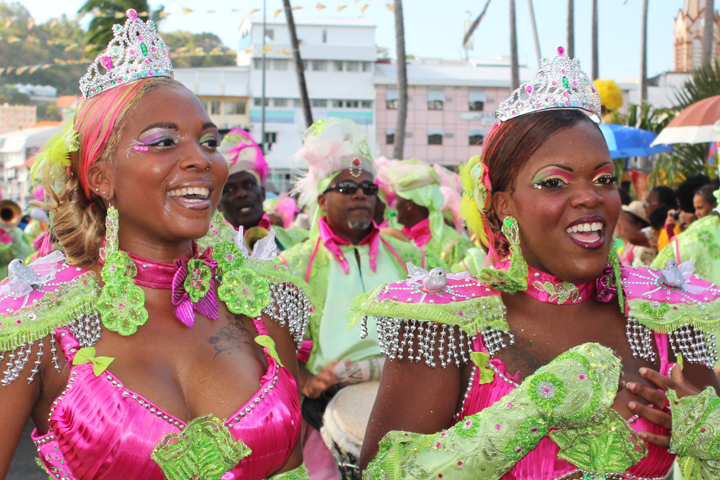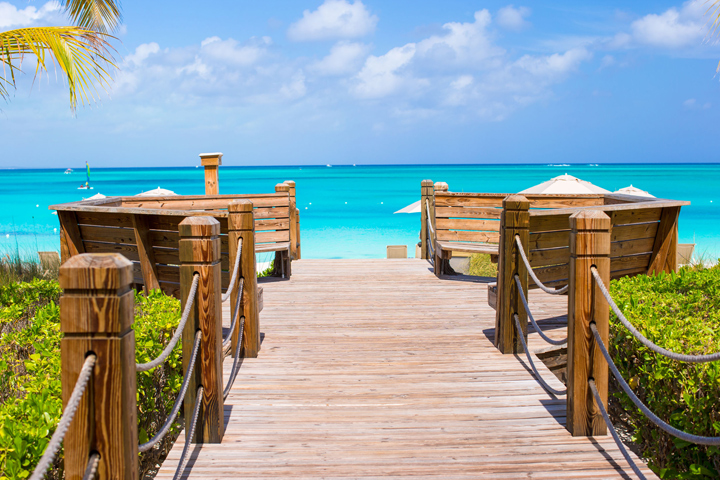Discover Martinique
Where is Martinique located?
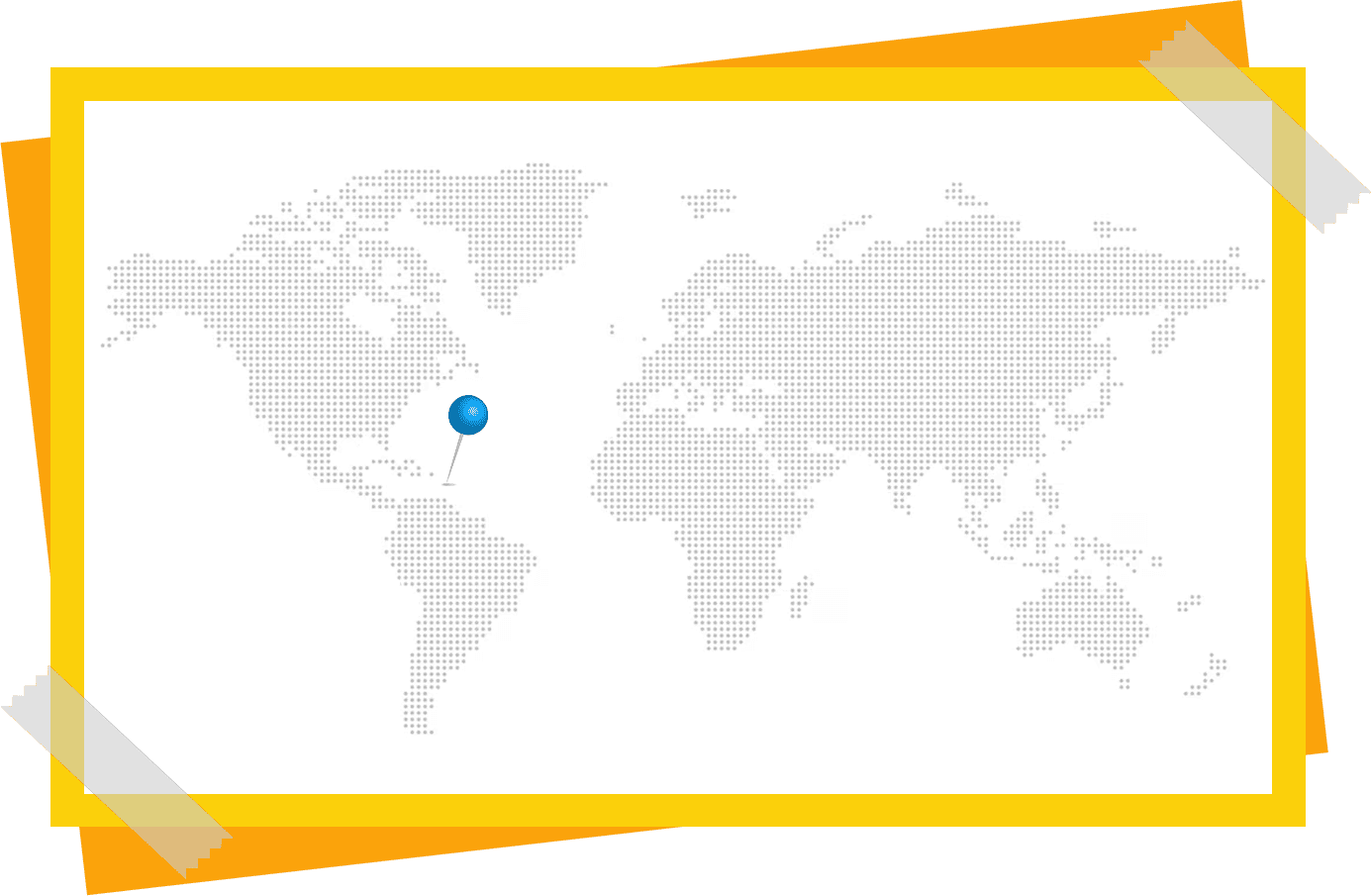
Martinique is a small island located in the Caribbean archipelago near the American continent. Dominica is to its north and the island of Saint Lucia to the south. Its exact geographical coordinates are 14.38°N and 61.2° 2W. Martinique has about 350,400 inhabitants and 1,105 square kilometers (427 sq. mi.).
Martinique has been French since 1635 and a French department since 1946. Two languages are spoken: French and Creole, a local language inherited from the slave period. The currency is the euro.

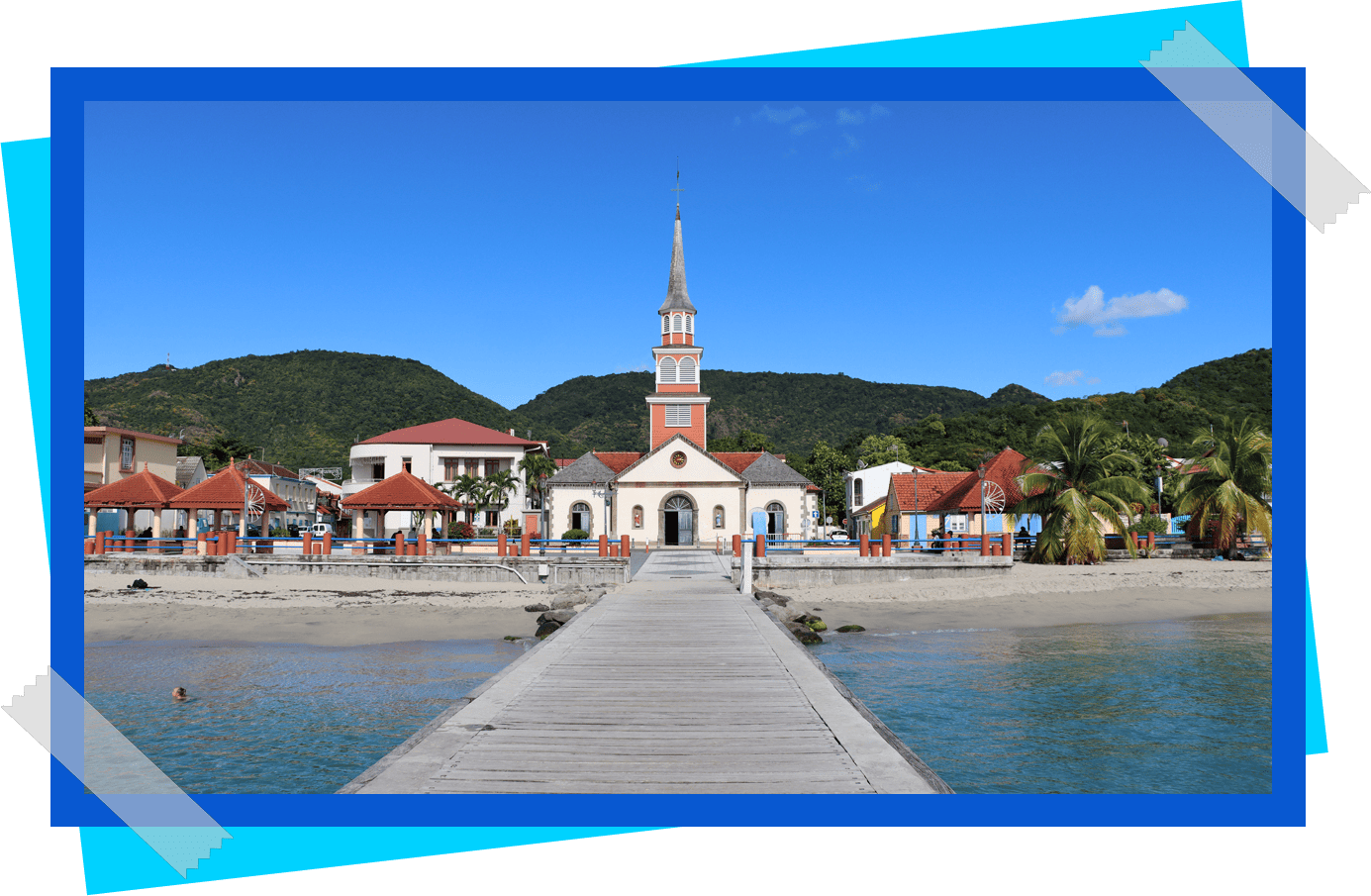
Are you ready for Martinique?

The average temperature is 28°C (82°F) all year round. There are only two seasons in Martinique: the hot season and the rainy season. Martinique is on the -4h time zone compared to GMT. There is no daylight saving time.
Martinique is located 6,845 km (4,253 mi) from Paris, about 8 hours by plane. 189 km (117 mi) separate it from Guadeloupe (the other main French territory in the Caribbean) but it is only 40 minutes by plane. If we want to compare it to Miami, it's a 3-hour flight for a distance of 2,345 km (1,457 mi). For New York it is 3,158 km (1,962 mi) and 4h20 of flight on average.
Key figures, unique experiences
Martinique is...
34
So many ways to experience Martinique!
Beaches, cultural visits, local atmosphere: each town has its own charm. Discover them and let yourself be seduced.
50
50 exceptional treasures to discover
Between tourist sites and natural refuges, the islets reveal a rare and preserved biodiversity.
100+
Martinique, a hiker's paradise.
Lush trails and forests invite you to explore. Immerse yourself in the heart of exceptional natural beauty.
We select for you
Today's must-sees
- The beach of the dayLocated 2 km from the town of Vauclin, the beach of Pointe Faula is unique in Martinique.The water is shallow and for a comfortable swim, adults have to walk a lot before reaching normal-sized water…
- Today's place to visitVillage d'Antan is a garden between Vauclin and François where you will see how to live closer to the natural environment. You will also be immersed in the Rastafarian culture that fosters this type…
- Don't miss it!The La Mauny distillery was founded in 1749. It takes its name from Count Ferdinand Poulain, the Count of Mauny, who settled in Martinique in the early 18th century. Originally, the La Mauny estate…
Fruits et légumes de Martinique
Martinique abounds in fruits, spices and vegetables, which over the years have become an integral part of the island's cuisine. Bananas, coconuts, mangoes, pineapples, guavas and passion fruit are used to make juices, ice creams and sorbets, cakes and many other desserts. For you, AZ Martinique has traced their history on the island, their health benefits and their local uses.
Martinique from A to Z
Main topics to find out more about Martinique and the surrounding area.
